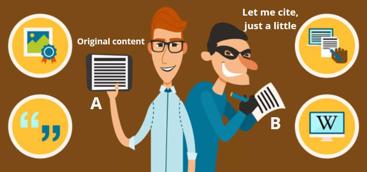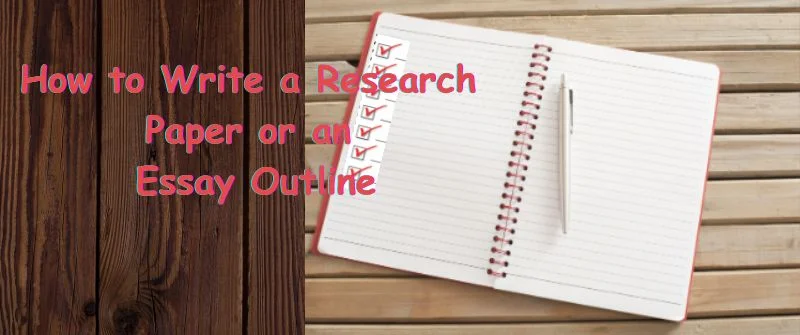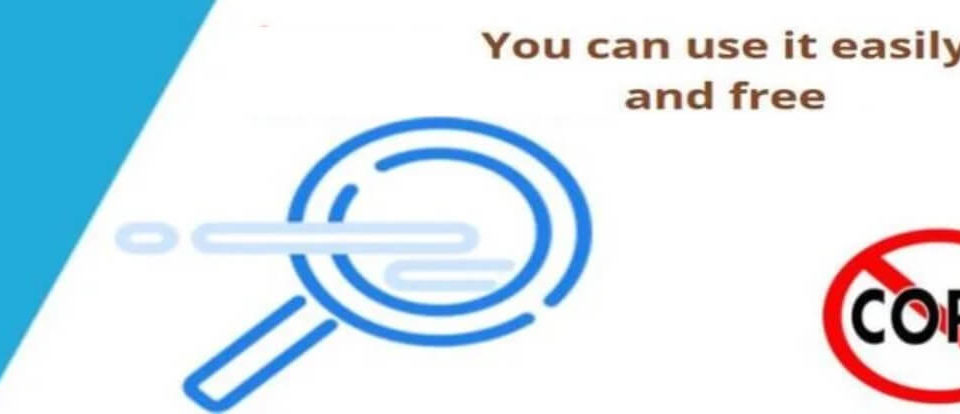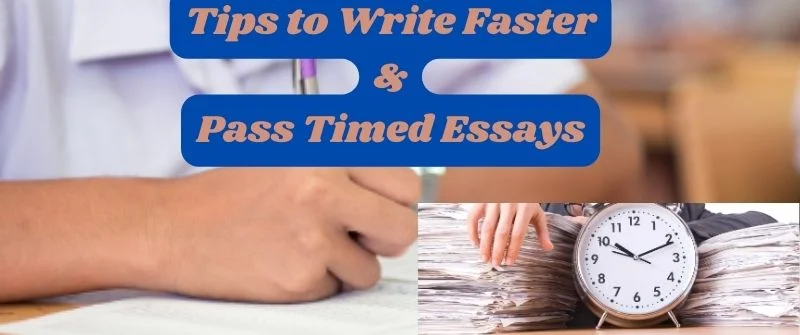How Accurate is Turnitin? Does it Detect Self-Plagiarism

The accuracy of a plagiarism scanner like Turnitin can be assessed using actual files. We tested and reviewed Turnitin’s accuracy by doing practical scans on files we knew of. Here we discuss how accurate it is.
Turnitin accurately detects plagiarized content in a paper with an accuracy of 93.5% on average. We tested Turnitin with different essays and compared the plagiarism score with our actual calculated percentage. The results showed an accuracy of between 90% and 97% in terms of comparing copied text with its source.
Such accuracy for a plagiarism scan is extremely impressive, considering the high margin of error that most similarity scans have. Therefore, it is the most accurate plagiarism scanner compared to other alternatives in the market.
The accuracy of Turnitin can be measured by its low score of false-positive reports whenever a file is submitted for scanning. We tried copying and pasting content from online sources and it reported an accurate percentage of the material we plagiarized.
To test its accuracy, we uploaded a paper of 1000 words, of which 360 words were copied from a popular online source. The plagiarized content is 36% and we expected the same score.
After submitting the file to Turnitin, the results showed that 35.2% of the content was copied. This shows that it accurately spotted the exact lines and paragraphs that we plagiarized. We re-tested with 100 words copied online, and the score reduced to 9.1% plagiarism.
Need Help with your Homework or Essays?
Main Arguments about the Accuracy of Turnitin
Turnitin checks submissions against all the content on its database. It then shows similarities in your paper with other works.
The vast content in the database makes it possible for any kind of plagiarism to be easily detected, whether in a dissertation or a term paper. Arguing the accuracy of Turnitin can be argued in two ways:

- Some may argue that it is accurate because it has an extremely large database of user-submitted content and powerful internet crawlers that help match any kind of work that may not be original
- Others may argue that Turnitin is not accurate because of the inability to check offline pages, and it is also unable to check any other language which content may be translated from.
Content that is also not on the Turnitin database cannot be detected; therefore, one should only worry when copying content presented in Turnitin databases.
Turnitin effectively detects plagiarism since it flags the content a student copies from online sources and gives a percentage of the plagiarized material.
Once a paper is uploaded, the software checks it against the online content and its own repository and effectively gives a similarity report.
Does Turnitin detect self-plagiarism
Self-plagiarism can be described as a type of plagiarism where writers re-use and republish portions or entire previously written text in a new paper.
Turnitin does not detect self-plagiarism if you re-use your own paper that was not submitted to its repository or published online.
However, the Turnitin checker will flag self-plagiarism if you re-use the same paper or content you had not submitted before. This is because Turnitin is designed to show similarity to content available online or in its database.
Many writers tend to think that they are not plagiarizing by reusing their own work because they are not copying someone else’s ideas. However, this is self-plagiarism and can infringe upon a policy in your university or a publisher who co-owns your rights.
Self-Plagiarism and co-publishing rights
It is possible to infringe publishing rights through self-plagiarism. This is possible because when publishing in a journal, an author signs over the rights of a publisher.
This makes copyright infringement possible after reusing work that was published before. In his guide on ethical writing, Miguel Roig identifies the following types of plagiarism:
- Republish a paper that you published elsewhere without actually notifying the publisher and the reader.
- Opting to publish smaller amounts of studies to increase publications rather than one large study
- Reusing portions of published and unpublished text that were previously written.
It’s a Turnitin policy to keep papers in archives. Self–plagiarized papers are likely to be detected because they are still available in the archives.
However, one can request that his or her paper not be kept in the archives and be given back to him. This request is granted two weeks after forwarding the request.
You should also know that re-using past papers is not good in school because it is considered self-plagiarism. All writers should know that rewriting their own papers is unethical.
Little Plagiarism is good within Turnitin’s similarity limits
The similarity index in Turnitin lies in the decision of the institution in question, the supervisor, or the examiner. They are the ones that determine whether a document is plagiarized after the similarity report is out. Turnitin just gives the report.
The same reason applies that just because a document appears unoriginal does not mean it is plagiarized. It is said to match the content in the Turnitin database.

It is also argued that Turnitin highlights everything in the document, even if the texts are properly quoted and cited.
Therefore, the similarity report will show even the minor plagiarism that is good for your paper through citations.
The level of academic output can also set different Turnitin similarity levels.
For example, an original dissertation for a doctorate should have less than 10% of similarity in certain situations of direct quoting and citations. This plagiarism is good and is encouraged.
Get a Brilliant Essay today!
Let our essay writing experts help you get that A in your next essay. Place your order today, and you will enjoy the benefits.
When is plagiarism encouraged
Up to 20% is permitted in a master’s thesis because most work relies on the existing authorities. There are no set limits for undergraduate and high school students because they are basically more prone to mistakes.
This is not an excuse for many students who are considered to know how to summarize any kind of work adequately. The plagiarism considered suitable for the paper is only in well-cited and referenced quotations.
Many people sometimes suggest that overall similarity when writing manuscripts for publication should be between 5-7 percent. This is because of citations, quotations, and titles that may look similar. Read more on the acceptable Turnitin score to learn more.
In simple, a little plagiarism is good because it shows you researched well and quoted other writers and scholars. In fact, a large paper with 0% shows that you did not consult any external source. This can be bad for your grades since it’s only your opinion on the paper.
Jessica Kasen is experienced in academic writing and academic assistance. She is well versed in academia and has a master’s degree in education. Kasen consults with us in helping students improve their grades. She also oversights the quality of work done by our writers.




